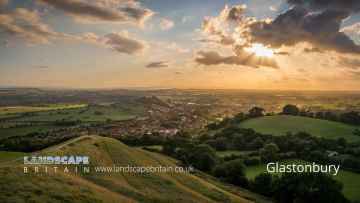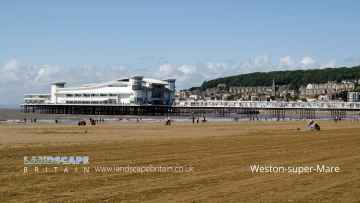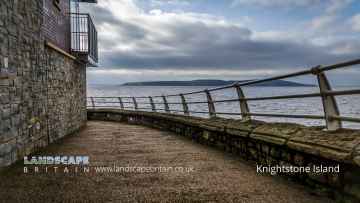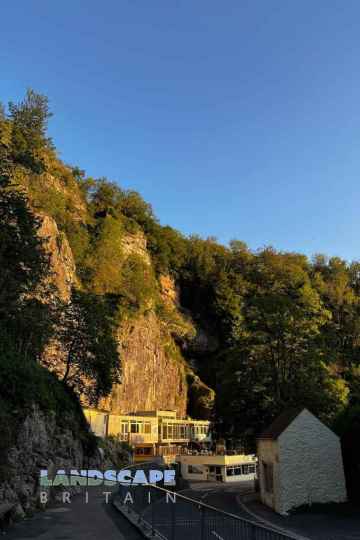Somerton
Somerton is a Town in the county of Somerset.
There are great places to visit near Somerton including some great cities, historic buildings, towns, ancient sites, hills, ruins, historic monuments, lakes, villages, airports, beaches, islands, rivers and streams, hiking areas and caves.
Don't miss Bath, and Wells's cities if visiting the area around Somerton.
Beckford's Tower, Tropicana, Grand Pier (Weston-super-Mare), and Wells Cathedral are some of Somerton best historic buildings to visit near Somerton.
Glastonbury, Langport, Bridgwater, and Weston-super-Mare are great places to visit near Somerton if you like towns.
Somerton has some unmissable ancient sites nearby like Glastonbury Tor, and Chalice Well.
There are a several good hills in the area around Somerton like Glastonbury Tor.
Somerton is near some unmissable ruins like Glastonbury Abbey,
Somerton has some unmissable historic monuments nearby like Chalice Well, and Cheddar Market Cross.
Cellophane Ponds, and Marine Lake - Weston-super-mare are some of Somerton best lakes to visit near Somerton.
Don't miss Withycombe, Uphill, Cheddar, and Wookey Hole's villages if visiting the area around Somerton.
Bristol Airport is a great place to visit close to Somerton if you like airports.
There are a several good beaches in the area around Somerton like Weston-super-Mare Beach.
Somerton is near some unmissable islands like Knightstone Island,
River Axe is one of Somerton's best, nearby rivers and streams to visit in Somerton.
The area around Somerton's best hiking areas can be found at Cheddar Gorge.
Don't miss Cheddar Gorge, and Wookey Hole Caves's caves if visiting the area around Somerton.
Somerton History
There are some historic monuments around Somerton:
Places to see near Somerton
History of Somerton
Glove making was a major industry in the town in the early nineteenth century, along with the production of rope and twine. The Somerton Brewery, owned by a local landowner named Thomas Templeman, was first recorded under the Tithe Apportionment Act of 1841. The brewery became a large producer in Somerset until its final closure around 1935. Before the National Insurance and the Health Service was introduced, Somerton Men’s Club acted as a local provident society within the area. Gypsum was extracted by hand at the Hurcott open-cast mine from the Victorian era up until it closed down in 1953. In 1906, a railway station opened on the Castle Cary Cut-Off which was built by the Great Western Railway. Whilst the line still remains in use, the station was closed in 1962. When the Marconi Company built the radio stations known as the Imperial Wireless Chain for the Post Office during 1925-26, they also established their own transmitting station at Dorchester with a receiving station 30 miles (48 km) away at Somerton. Somerton was hit by four Luftwaffe bombs on the morning of 29 September 1942 during the Second World War. The bombs were aimed at the Cow and Gate milk factory and it was largely destroyed. Ten nearby houses were badly damaged. Nine people were killed and thirty seven injured. A memorial at the dairy site commemorates those killed. The factory later became a district council depot, and was recently bought by the town council for possible use as the site of a new town hall. The town council has responsibility for local issues, including setting an annual precept (local rate) to cover the council’s operating costs and producing annual accounts for public scrutiny. The town council evaluates local planning applications and works with the local police, district council officers, and neighbourhood watch groups on matters of crime, security, and traffic. The town council’s role also includes initiating projects for the maintenance and repair of parish facilities, as well as consulting with the district council on the maintenance, repair, and improvement of highways, drainage, footpaths, public transport, and street cleaning. Conservation matters (including trees and listed buildings) and environmental issues are also the responsibility of the council.































